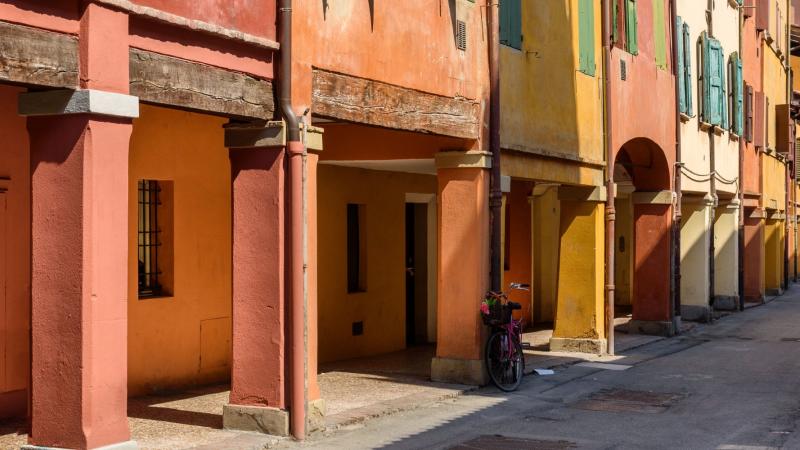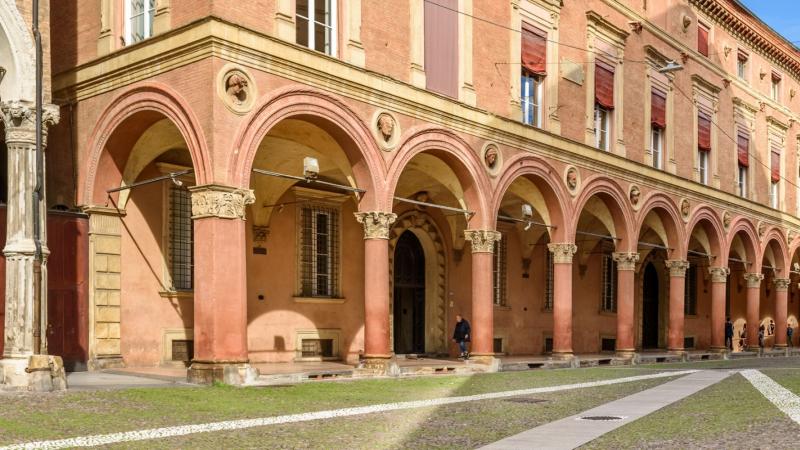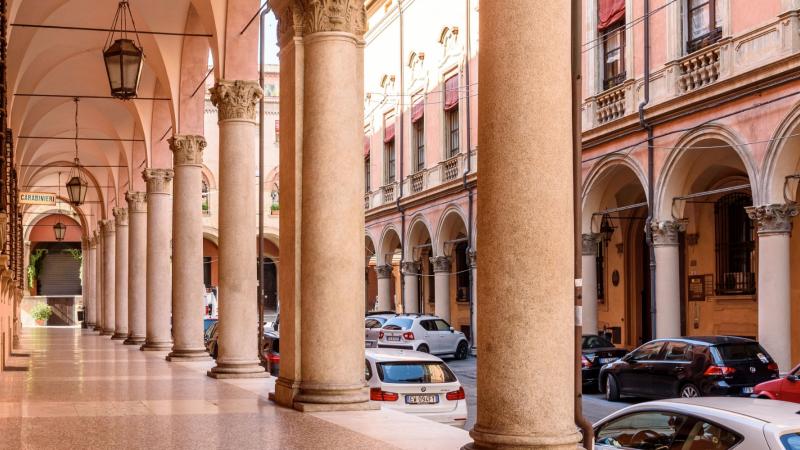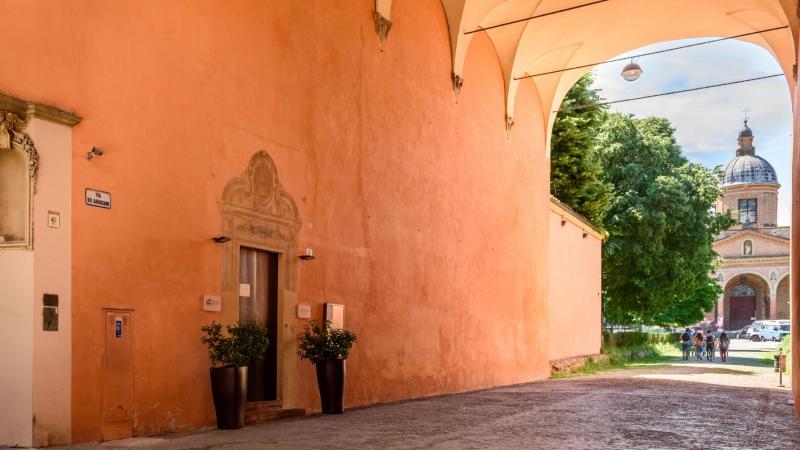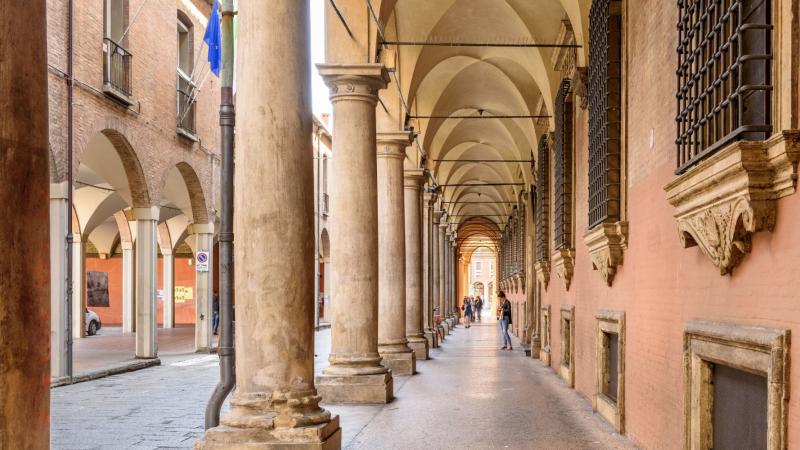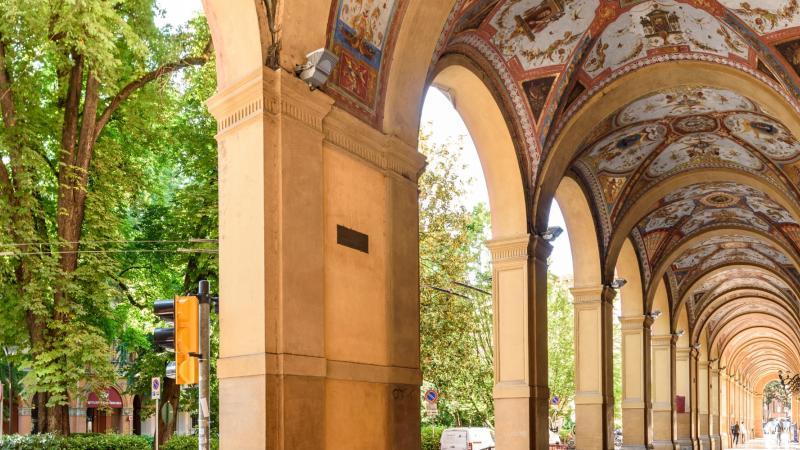
The property as a whole is a particularly representative example of an architectural element of global interest. The portico has been adopted for centuries throughout the world, but it finds its most complete representation in Bologna.
Whereas in the beginning the portico was an extension of private property on public land, therefore essentially a building abuse, during the 13th century its convenience began to be appreciated, to the point that it was made mandatory in new buildings, as established by municipal statutes since 1288. From then on the portico, built on private land, became available for public use, in full sharing with the community of citizens.
The 12 components, selected from the 62 km of porticoes in Bologna for their representativeness, summarize the whole system and compose an emblematic set of chronological phases, architectural languages, technical characteristics, urban and social functions.
For each component the original and substantial contribution to the Outstanding Universal Value of the overall series is evident. They were also selected due to their high degree of authenticity and integrity, as well as their specific adherence to the nomination criteria, their historical and architectural importance, the excellent state of conservation they display and for their excellent conditions of accessibility and public usability.













